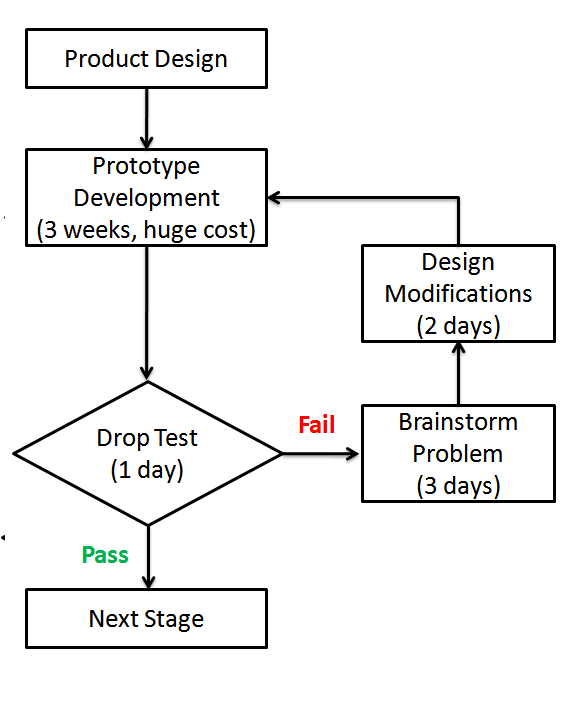Simulations are computer models used to check the performance of a system in defined boundary conditions. It plays a very important role in all stages of product design and development. Simulation helps in product verification without actually building it. Read this article to know the advantages and disadvantages of simulation.
In this article, we will discuss the role of simulation in product design and development with examples. And we will also discuss alternatives to simulation.
Application of Simulation in Product Design and Development?
Simulation studies help in predicting a system’s behavior without actually building it. Therefore the number of design iterations and design risks are reduced. Therefore new products are delivered quickly and at a low cost.
Example of Simulation in Product Design
Let’s discuss the design and development process of a networking router. Simulation studies reduce design risks in three steps.
Step-1: Identify Design, manufacturing, and development risks.
Step-2: Eliminate or reduce design and development risks using simulation studies
Step-3: Verify and validate simulation results.
Step-1: Identify Product Design, Manufacturing and Development Risks.
Complex design risks are very difficult to identify by using manual calculations. Simulation helps in finding those grey or weak area in a design. Without simulation, these risks come up during the verification and validation phase.
For example, Thermal and structural simulation can help in identifying the following risks.
- Product behavior during a drop test.
- Highly stressed areas.
- Product thermal performance. etc.
Step-2 : Eliminate / Reduce Design and Development Risks
Product Risks are eliminated by various design iterations using simulation. It ensures defect-free prototype manufacturing.
The following flow diagram compares the product design process with and without simulation.
Product Design Process Workflow With and Without Simulation
Approach-1 (Using Simulation)
Simulation eliminates design risks during the initial design phase. Therefore products are manufactured with no or minimal defects.
Approach-2 (Without Simulation)
Without simulation risk, of failure is not eliminated. Therefore product may fail during the verification & validation testing and product delivery can get affected.
Step-3 : Verify and validate simulation Results
Simulation results are verified and validated on actual prototypes. This is a very important step. Because simulation results are not 100% correct.
Other Alternatives
The manual calculation can be a good alternative to simulation. But they are not as reliable as simulation.
To sum up, Simulation helps in eliminating design and manufacturing risks during the initial design stage. Manual calculations are an alternative to simulation. But they are not as effective and reliable as simulation studies. You can check in detail about this here.
I will keep adding more information on role of simulation in product design. Please add your comments or questions on the role of simulation in product design in the comment box.




Add a Comment